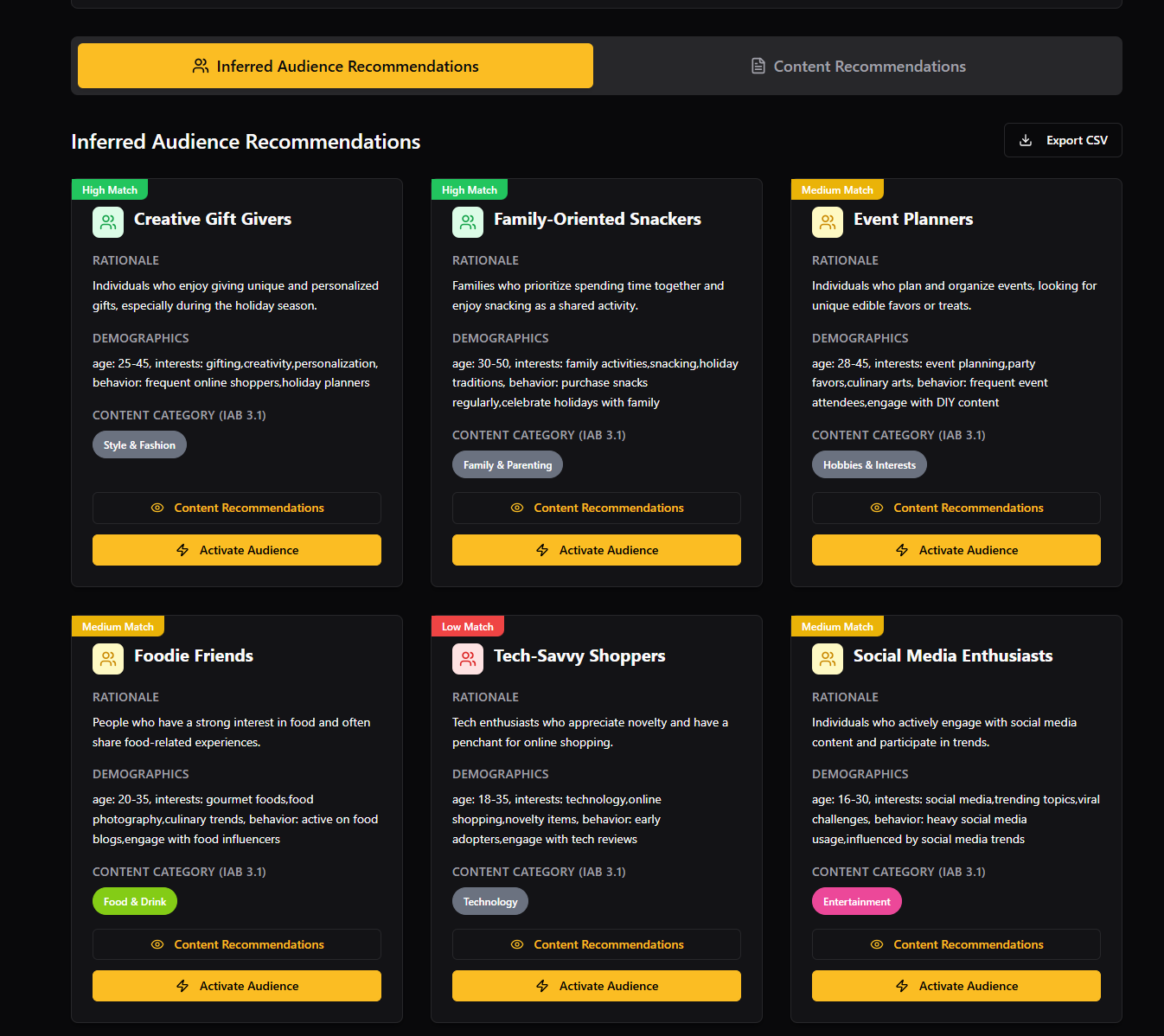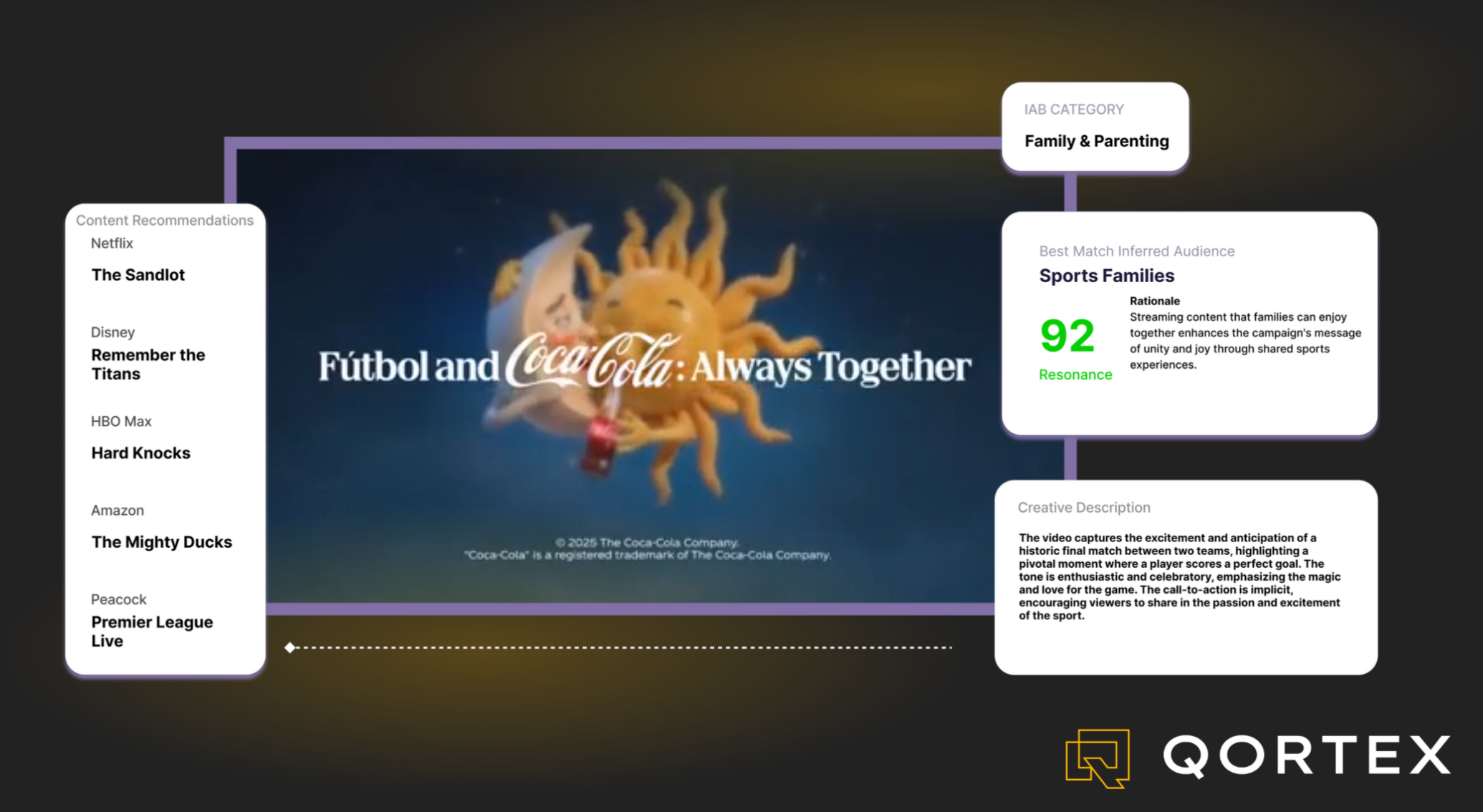Optical character recognition (OCR) is the process of converting scanned images with text into machine-readable text. OCR technology has been around for many years, but with the advent of artificial intelligence (AI), it is now becoming more accurate and efficient than ever before.
OCR technology has great potential because it can be used anywhere that humans can read text (books, book covers, newspapers, magazines, advertisements) and convert these images into machine-readable text using machine learning and algorithms. Optical Character Recognition software can not only accurately convert text from images, but also identify and correct errors in that text. This makes optical character recognition a vital tool for businesses and organizations that need to digitize large volumes of documents.
Within advertising, OCR is used across the board for native and contextual advertising, understanding the intent or meaning of images and for analyzing ads to ensure they meet the right parameters for the ad server. Let’s dive into how exactly OCR works.
How does Optical Character Recognition work?
First, OCR scans content to process the physical form of it. The OCR software, then typically converts the content into binary or two-color. Then, it analyzes the image for shapes that resemble characters using an algorithm. There are two types of algorithms that OCR software can use to recognize text within an image:
Pre-processing & Pattern Recognition
OCR software sometimes uses pattern recognition to look for patterns based on examples of text it has already been given. These examples can be in a variety of fonts and formats so the software has numerous examples to refer to. The software will compare images to patterns fed to it and pick out text in images if it finds shapes that match its references.
Optical Character Recognition & Feature Detection
OCR software using feature detection relies on a given set of rules for each character that enables it to recognize those characters in a document. A character's features might include the height, width, slant, and curvature of the letter M. The rules are then applied to the entire image of text to look for matches that result in words being identified.
Post-processing
In the third stage, AI corrects any mistakes in the resulting file. The easiest approach to do this is to train the AI on a certain lexicon of terms that may be found in the document, only allowing words/logic with appropriate meanings to ensure that no meanings are missed.
How OCR is used in Advertising
OCR is used by various ad servers to detect and audit native ads or target contextual the text or content that is within them. This can be used to make sure the ad matches the landing page content or just to ensure that there is no lewd content included in the ad. In addition, companies like Facebook and Google sometimes have a text-ratio rule for their ads that OCR helps them identify.
Facebook also uses OCR for image searching. There are theories that Facebook can use a consumer’s images to better categorize them into audiences. For example, if someone regularly posts selfies in branded t shirts, say Nike, Adidas and Reebok, they could be categorized in an affinity audience for sportswear regardless of whether their shopping data is used.
OCR can also be used in contextual advertising, like Qortex. When an ad server works to place an ad, it may analyze the text within the ad to match it with a website that aligns with that ad content. OCR can also be used in cases where an ad server cannot crawl a site for whatever reason to determine the content.
How Qortex Uses OCR
Qortex is using OCR to analyze and categorize videos to best place ads into moments related to the content. By recognizing text within a video, Qortex is able to effectively capture the moment for advertisers across CTV and web.








